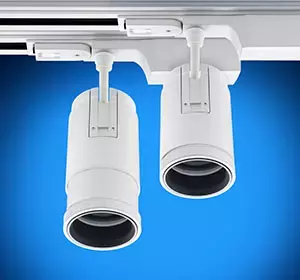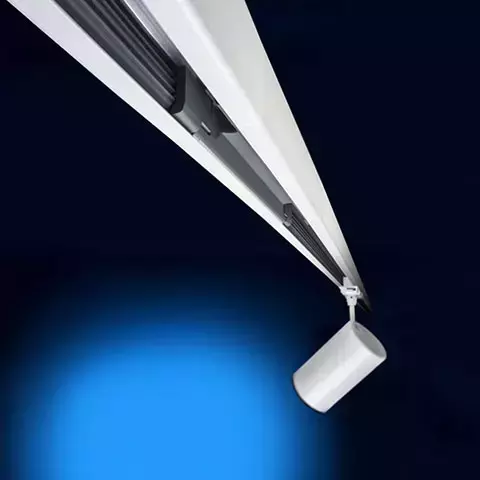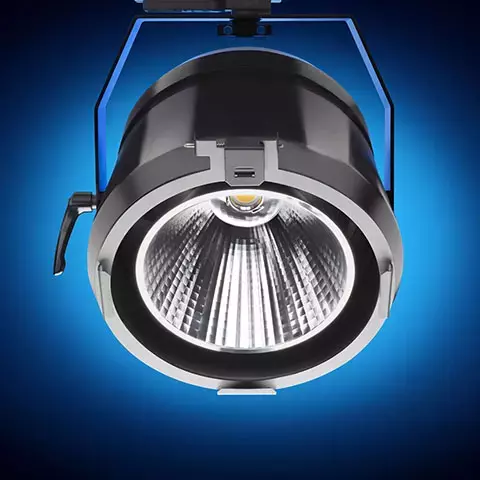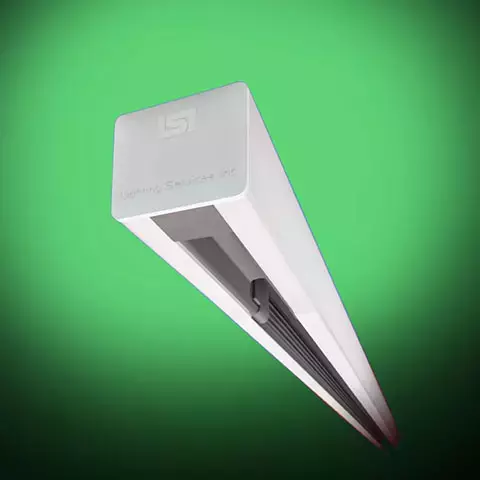
Why Delivered Lumens is so Important
Nick Downham
Control Systems Engineer
The specifications for your lighting design require a minimum maintained level of light be met throughout the building. You have determined the proper optics to get the coverage you need, and you know the CRI value of your chosen source meets your design intent. You have selected a fixture that is aesthetically appropriate, and your calculations show that you will meet your minimum light level.
If you have based your calculations on the Initial Lumen Output of your selected source, rather than the Delivered Lumens of the selected fixture, you may find that even though everything works out on paper, the space doesn’t meet the minimum light level and you’re now left scrambling to find a solution.
What happened?
The Initial Lumens of the source is not the same as the Delivered Lumens of that source inside the selected fixture.
The advertised Initial Lumens of a source does not take into consideration the variables of each manufacturers fixture. These variables include the driver, the optics, the thermal management used and even the color or material the fixture is made of.
How do these variables impact your calculations and why didn’t we meet the minimum maintained light level specified in the example above?
If you have used Initial Lumen Output of the source, you have not taken into consideration any inefficiency that exists in a lighting fixture. For example, a typical spotlight with a 19mm, 98 CRI LED source has an Initial Lumen Output of 2000 lumens but after that source has been focused through an optic, 1660 lumens are delivered by the fixture. This example makes it easy to see how important it is to base your calculations off the specified fixture’s Delivered Lumens rather than the Initial Lumen Output of a specific source.
Let’s get into some specifics.
Initial lumens is a measurement of the total light an LED source produces before operational efficiency is included. This is the total amount of light coming from a light source without accounting for optics, housings, and accessories. Initial lumens can also be referred to as “total” or “source” lumens. Lumens are lost every time a source is reflected, refracted, or absorbed by a material the light passes through or touches. The output can also be blocked by mechanical components inside the fixture such as a shutter assembly or the aperture of a lens tube.
Delivered lumens is a measurement of the actual amount of illumination (light output) a light fixture is producing in a space, including the inefficiency of the optic, the fixture housing, driver type, thermal management, and other factors. This is the total amount of “useful” light that is exiting a lighting fixture.
What should you look for as a designer, specifier, or end user?
When reading labels or spec sheets before selecting a fixture, it is important that you are comparing “apples to apples.” While most manufacturers provide a total lumen output for their fixture, they may not be clear about whether that lumen output is Initial Lumens or Delivered Lumens. It is in your best interest, if they have not specified which information they are providing, to confirm that they have provided you with Delivered Lumens.
If the fixture’s spec sheet does not specify Initial Lumens or Delivered Lumens you can ensure you are looking at a fixture’s Delivered Lumens by requesting an IES or LDT file. To create these file types a fixture will have undergone photometric testing, usually done by an independent or third-party company. This testing measures the color, quality, and lumen output that a fixture will deliver in the real world. That information is then imported into the IES/LDT file to be used in a program like AIG32 or AutoCAD Revit to provide a computer-generated, visual representation or preview of how a fixture will perform on site.
What does LSI Provide its customers?
LSI’s documentation provides both Initial Lumens as well as Delivered Lumens. You can find the Initial Lumens under the “LED Rating” section and the Delivered Lumens under “Delivered Lumens” which shows the optics available for the fixture as well as the final output. If you are using AIG32, Revit, or other computer software to assist you with your design, you can download an IES file for many of our products directly from our website. Lastly, LSI has a full-time technical services department that will be more than happy to help answer any questions that you may still have.



